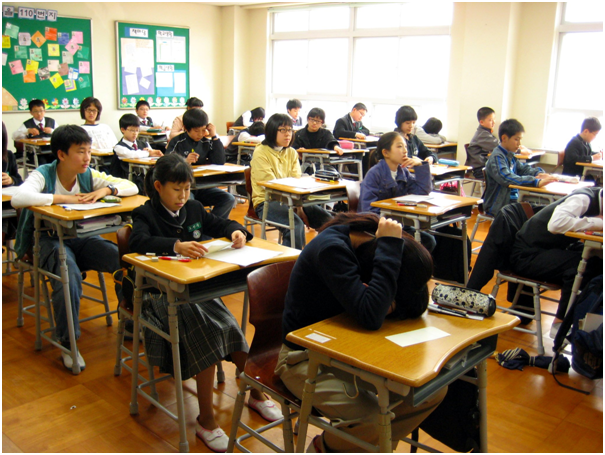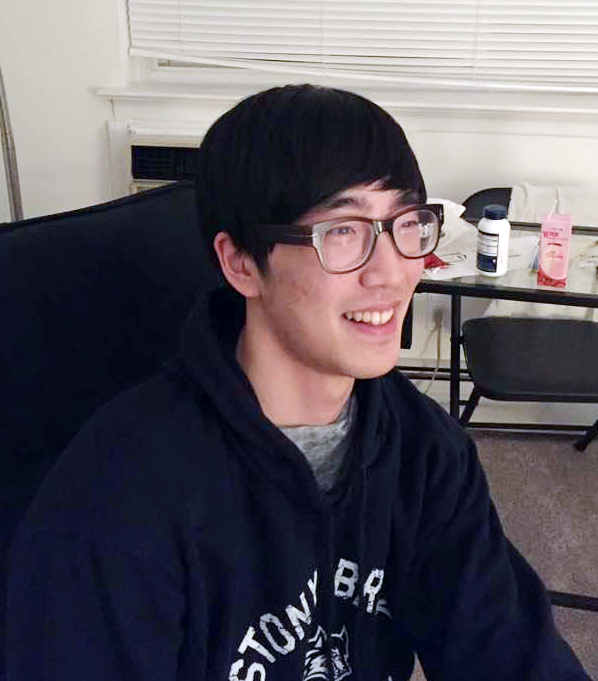Analysts and professionals in the field of education rank universities all around the world based on categories such as a university’s scope of resources, or its students’ academic performances. In the rankings provided by different organizations, institutions in the U.S. seem to have firmly established names for themselves high up atop the lists.
California Institute of Technology ranks the first place and is followed by Harvard University according to Times Higher Education’s World University Ranking of 2014-15.
Take a look at the 2015 ranking put together by Center for World University Ranking (CWUR): Harvard, Stanford, and MIT each are ranked first, second, and third out of all the noteworthy institutions around the globe.
Why is it that Korean universities are nowhere to be found near any of these prestigious American institutions? What makes American education so different from that of South Korea?

Some believe that there are clear distinctions between the two education systems. “I believe that the South Korean education is very good at measuring one’s limits, but not that useful in actually educating the student,” said Woo Jin, a current sophomore at Stony Brook University.

“Before coming to the States, I was burdened with extreme memorizing and constant examinations that seem, to most people, too much for students of secondary education.”
It is described that the system in American institutions arouses independence among the students through thinking, sharing, discussing, and cooperating. On the other hand, the South Korean system seems to depend heavily on testing the students through intensive workload and memorization.
Some South Korean students have gone as far as taking their own lives due to their burdensome education system. The number one cause of suicides among teenagers in South Korea was the academic related pressure and intensity, according to a study conducted by The Seoul Shinmun throughout 2014 and 2015.
It may be the time for South Korea to follow the footsteps of the American education. That is, South Korean educators should promote the American education system’s aspects such as teamwork and remove raw, basic memorization in their teaching.
As suggested by American Institute for Research, students who attend schools that promote ‘deeper learning’ and critical thinking are more likely to graduate from high school and seek postsecondary education. Linda Darling-Hammond, a professor of education at Stanford University, also believes that moving away from rote memorization is the only way to take the students to the next level of learning in the modern world.
The deeper learning system encourages students to go beyond the given context in classrooms and apply the concepts they have learned to real life situations. Deeper learning does not stop in the classrooms but stretches further into everyday life. Through such structured learning, American students are able to gain knowledge and insights that become indispensible both inside and outside the school zone.
Although ubiquitous in America, the sophisticated educational system is nowhere to be found in South Korea. If the Korean education system were to implement deeper learning and gradually move away from intense examination and memorization, an institution in the nation may be able to go toe-to-toe with an American one in the future.
“The American education system touches bases on collective work and discussion. These two are great ways to stimulate critical thinking out of the pupils. Ever since moving away from Korean education and starting my post-high school education in the U.S., I have never wanted to go back,” says Jin.

Seungjin Jordan Choi
Grade 10
St. Paul Preparatory Seoul

